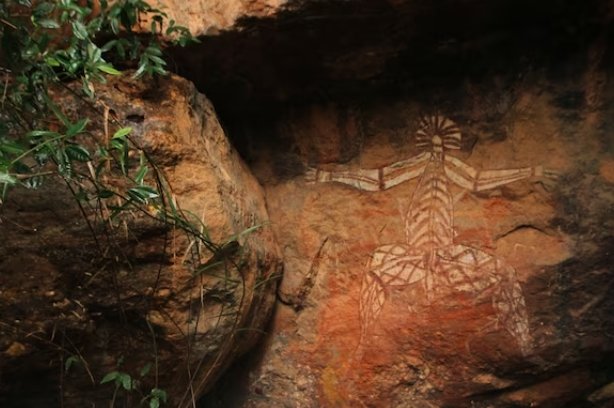Tokyo is known for its modern skyscrapers, bustling streets, and high-tech culture. But beneath the surface of the city lies a rich and ancient history that dates back to the Jomon and Yayoi periods. Recently, archaeologists have discovered traces of 28 pit houses in central Tokyo, revealing new insights into the lives of the people who inhabited the area thousands of years ago.
What are pit houses?
Pit houses are dwellings that are partially or completely dug into the ground, with a thatched roof that reaches the ground level. They are one of the oldest forms of human habitation, and are found in various regions and cultures around the world. In Japan, pit houses were common from the Jomon period (14,000-300 B.C.) to the Yayoi period (300 B.C.-300 A.D.), and even later in some areas.
Pit houses vary in size, shape, and construction, depending on the climate, resources, and culture of the people who built them. Some pit houses have a circular or oval floor plan, while others are rectangular or square. Some have a central hearth or fireplace, while others have multiple fire pits or none at all. Some have wooden posts or walls to support the roof, while others rely on the earthen walls of the pit. Some have a single entrance, while others have multiple doors or windows.
Pit houses provide several advantages over above-ground dwellings, such as insulation, protection from the elements, and concealment from enemies or predators. However, they also have some disadvantages, such as poor ventilation, dampness, and vulnerability to flooding or collapse.
What did the archaeologists find?
The pit houses were discovered during a construction project for a condominium complex in Chiyoda Ward, Tokyo. The site is located near the Imperial Palace and the Kanda River, which was a major waterway in ancient times. The archaeologists from the Chiyoda Ward Cultural Properties Division and Meiji University excavated the site from April to November 2023, and found a total of 28 pit houses, as well as pottery, shells, a wooden water pipe, a well, and a cellar.

Three of the pit houses date back to the Jomon period, when the people who lived in the region were mainly hunter-gatherers and early agriculturalists. They used stone tools, pottery, and baskets, and collected shellfish, nuts, and fruits. One of the Jomon pit houses contained discarded mollusk shells, indicating that the inhabitants consumed seafood.
The other 25 pit houses date back to the Yayoi period, when the people who lived in the region adopted rice cultivation, metalworking, and weaving. They used bronze and iron tools, pottery, and cloth, and traded with other regions and countries. The Yayoi pit houses were larger and more rectangular than the Jomon ones, and had more fire pits and storage pits. Some of the pottery found in the Yayoi pit houses had distinctive patterns and shapes, suggesting that they belonged to different clans or groups.
The archaeologists also found a wooden water pipe that was used to transport water from the Kanda River to the pit houses. The pipe was made of hollowed-out cedar logs, and was about 10 meters long and 15 centimeters in diameter. The pipe was dated to the first or second century A.D., and is one of the oldest examples of water supply engineering in Japan.
The well was also dated to the same period, and was about 2 meters in diameter and 3 meters deep. The well was lined with stones, and contained water and pottery fragments. The well may have been used for drinking, cooking, or irrigation.
The cellar was dated to the Edo period (1603-1868), and was about 2 meters long, 1.5 meters wide, and 1.5 meters deep. The cellar was made of bricks, and had a wooden lid and a ladder. The cellar may have been used for storing food or valuables.
Why is this discovery important?
The discovery of the pit houses in central Tokyo is important for several reasons. First, it shows that the area was inhabited by humans for a long period of time, from the Jomon period to the Edo period, and that the people adapted to the changing environment and culture. Second, it reveals new information about the lifestyle, technology, and social organization of the Jomon and Yayoi people, who are the ancestors of the modern Japanese. Third, it provides a rare opportunity to study the ancient history of Tokyo, which is usually obscured by the modern development and urbanization of the city.
The archaeologists plan to conduct further analysis and research on the pit houses and the artifacts, and to publish their findings in academic journals and books. They also hope to preserve and display some of the pit houses and the artifacts in a museum or a park, so that the public can learn more about the ancient history of Tokyo.














